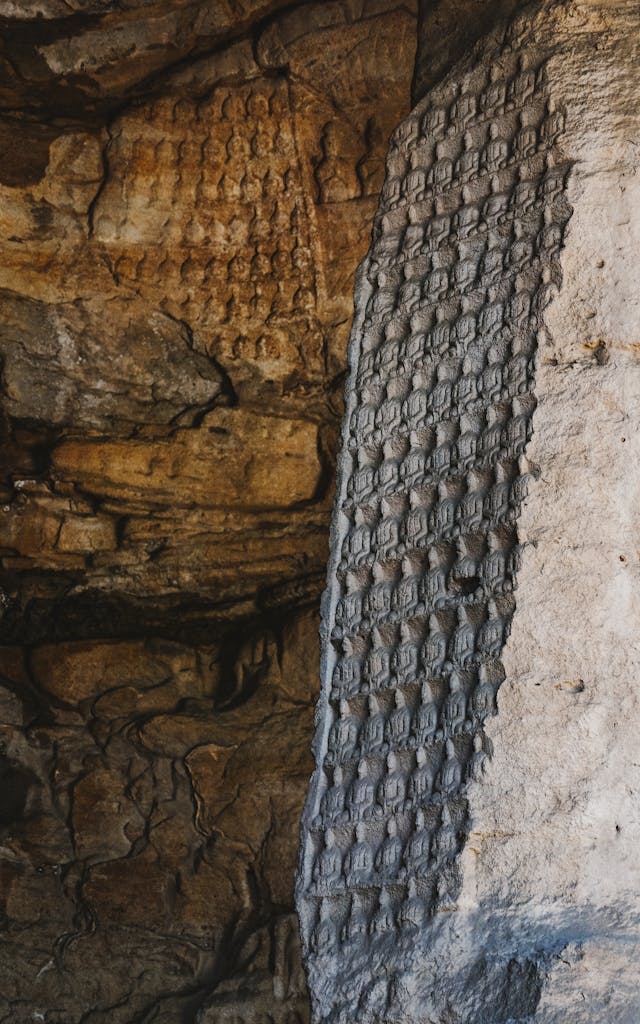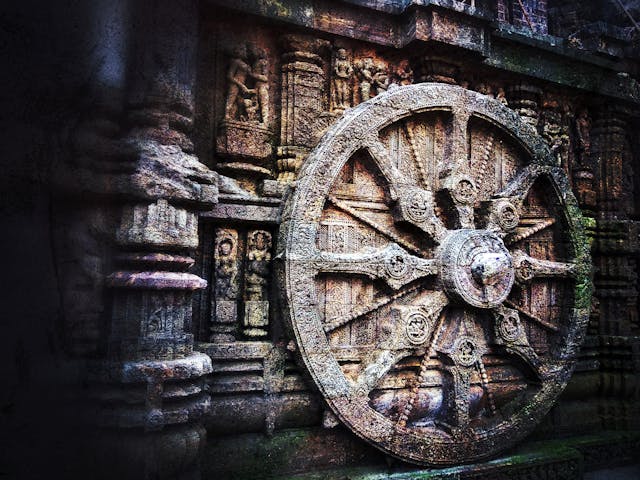Australia is home to some of the most extraordinary cultural treasures on Earth. Stretching back tens of thousands of years, Aboriginal rock art is not only the oldest continuing artistic tradition but also a living record of spirituality, connection to Country, and stories passed down through countless generations. These rock art sites are often referred to as the world’s oldest galleries, showcasing how First Nations peoples expressed their identity, laws, and Dreaming stories long before the arrival of Europeans.
For travellers and history enthusiasts alike, experiencing rock art sites firsthand is a chance to connect with the world’s longest continuous culture. Many of these places can be visited today, especially through guided tours that respect cultural protocols and provide deeper understanding. Programs such as Aboriginal Immersions are helping people discover these sacred sites in ways that are both educational and culturally sensitive.
Below, we explore some of the most significant rock art sites across Australia—each a window into the past that still speaks powerfully to the present.
The Significance of Aboriginal Rock Art
Rock art in Australia takes many forms—paintings, engravings, stencils, and carvings—each serving a cultural and spiritual purpose. These artworks are not simply decorative; they are visual texts that map out laws, traditions, hunting practices, creation stories, and ancestral journeys.
Key features include:
• Storytelling and Dreaming – Rock art often represents Dreamtime narratives, ancestral beings, and creation stories unique to each group.
• Practical knowledge – Some images document bush foods, animals, and seasonal changes, serving as a visual guide to survival.
• Spiritual connection – Many rock art sites are ceremonial spaces, with paintings playing a role in rituals and initiations.
• Continuity – Some sites have been used for tens of thousands of years, with layers of paintings added over time to maintain cultural relevance.
Notable Rock Art Regions Across Australia
Kakadu National Park, Northern Territory
Kakadu is arguably the most famous rock art destination in Australia. With thousands of sites scattered across its vast landscape, it offers an unparalleled insight into Aboriginal culture. Two key sites stand out:
• Ubirr – Home to dramatic X-ray paintings that depict fish, turtles, and kangaroos, as well as images of the Rainbow Serpent.
• Nourlangie (Burrungkuy) – Features layered paintings spanning thousands of years, including depictions of Namarrgon, the Lightning Man.
Kimberley Region, Western Australia
The Kimberley is home to some of the world’s most enigmatic and ancient rock art traditions. Two distinct styles dominate this region:
• Gwion Gwion (Bradshaw) paintings – More than 17,000 years old, delicate figures often shown adorned with tassels and ornaments.
• Wandjina paintings – Depict powerful ancestral spirits with large eyes and halo-like heads, central to Worrorra, Ngarinyin, and Wunambal peoples.

Arnhem Land, Northern Territory
Arnhem Land is a region rich in cultural heritage, with extensive rock art galleries still used and respected by Traditional Owners today.
• Injalak Hill (Gunbalanya) – Accessible via guided tours with local Aboriginal guides, showing paintings covering thousands of years.
• Mount Borradaile – Features spectacular galleries with images of animals, ceremonies, and ancestral beings.
Carnarvon Gorge, Queensland
Carnarvon Gorge is home to one of Queensland’s most significant rock art collections. Sandstone overhangs are covered with stencils of hands, boomerangs, coolamons, and engraved figures.
Grampians (Gariwerd), Victoria
The Grampians, or Gariwerd, is Victoria’s most important rock art region, with more than 80 sites identified. Some are accessible to visitors:
• Bunjil’s Shelter – A rare depiction of Bunjil the Creator.
• Billimina Shelter – Hundreds of motifs, including rows of human figures possibly representing ceremonies.
Murujuga (Burrup Peninsula), Western Australia
The Burrup Peninsula is home to one of the world’s largest collections of rock engravings, estimated at over a million images.
• Depictions of extinct animals such as the thylacine show the age of the works.
• Human figures and ceremonial scenes provide a glimpse into ancient practices.

Visiting Rock Art Sites Respectfully
When visiting rock art sites, it’s essential to remember that these are not just ancient artworks—they are sacred cultural places that remain deeply significant to Aboriginal peoples today.
Guidelines for respectful visitation:
• Join guided tours led by Traditional Owners or accredited organisations.
• Never touch or damage rock art, as even the lightest contact can cause harm.
• Follow signage and cultural restrictions at each site.
• Acknowledge Traditional Custodians when visiting.
Why Rock Art Matters Today
Aboriginal rock art is not frozen in the past; it is part of a living, evolving culture. These galleries remind us that Aboriginal people have been caring for and narrating their lands for over 65,000 years.
Rock art is vital for:
• Cultural survival – Maintaining connection to Country and passing knowledge to younger generations.
• Education – Allowing visitors to learn about Aboriginal heritage.
• Global heritage – Preserving the world’s oldest continuous cultural tradition.
Final Thoughts
Rock art sites across Australia are far more than historical curiosities; they are living cultural landscapes and the world’s oldest galleries. From the Wandjina of the Kimberley to the Rainbow Serpent of Kakadu, these artworks embody the enduring connection between Aboriginal peoples and their Country. Through journeying to these sites, visitors can gain not only knowledge but also a deeper appreciation for the world’s oldest continuing culture.


